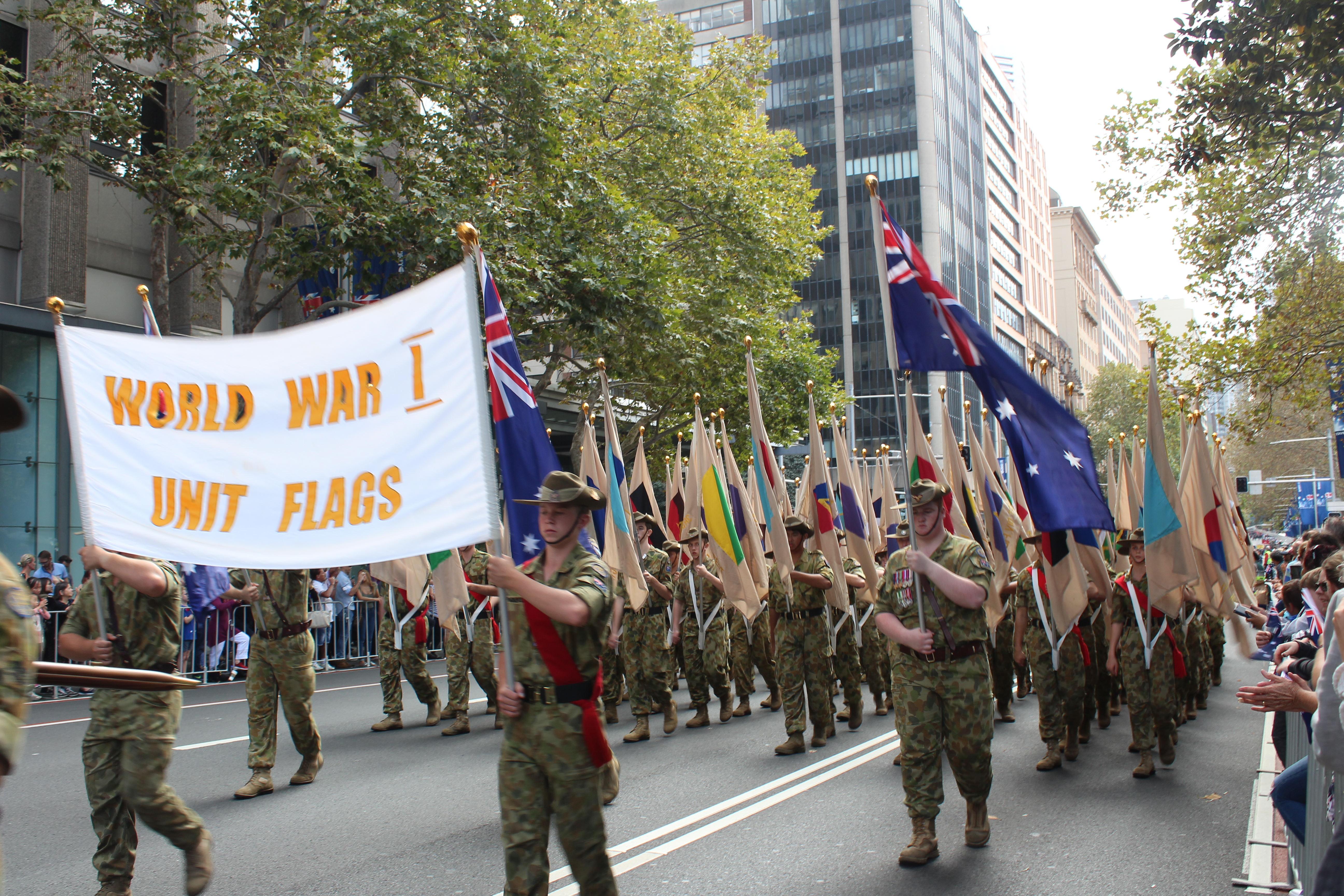Category: Military
-
Bowenfels Gun Emplacements

Bowenfels Gun Emplacements The Bowenfels Gun Emplacements were constructed during World War 2, to protect the Small Arms Factory and coal production at a Lithgow. These industries were important to Australia’s war effort. The potential of an attack due to improvements in aircraft technology led to the construction of air defenses. Placed around Lithgow, two… Read more
-
Tomaree Head Summit Walk

Tomaree Head Summit Walk The Tomaree Head Summit Walk is part of the Tomaree National Park near Nelson Bay New South Wales, Australia. This is a great bush walk to the summit of Mount Tomaree, which can be very steep in places, so take your time. Rest and enjoy the fantastic scenery and stunning views… Read more
-
ANZAC Day Sydney

ANZAC Day Sydney We usually attend ANZAC Dawn Service in our home town of Singleton. However since our daughter joined the RAN and was marching in Sydney we travelled down to see her. By far the biggest parade in the state if not Australia (we haven’t seen Melbourne’s parade so cant compare). It was impressive… Read more